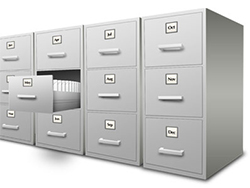IT wasn't the sound of his car engine that was distracting Ian Clifford.
The chief executive of Canadian business Zenn Motors makes electric vehicles that give off no noise. He was worried that the obvious choice to power his next car - the same stuff that goes into laptops and cellphone batteries - was going to be in short supply.
"If you look at the increase in lithium prices over the past seven to 10 years, it's been dramatic," says Clifford. Zenn's short-range urban cars traditionally used nickel metal hydride (NiMH) batteries, but his next vehicle - a 130kph model with a 400km range - needed more efficiency.
"There are very limited global reserves, and they're in potentially very unstable parts of the world," adds Clifford.
The US moved the previously obscure chemical element to centre stage in the 1950s when its lithium-hungry H-bomb programme kickstarted world production.
The rising popularity of lithium-ion (Li-Ion) in batteries has sent demand soaring again, and pundits now worry that electric cars will put a strain on supplies.
Your laptop might use six finger-sized Li-Ion cells in its battery, but US-based Tesla Motors bolts together 6,000 cells to power one of its high-end electric sports cars. Now others, drawn to Li-Ion's light weight and high capacity, are joining in.
Toyota's Prius hybrid electric vehicle runs on a small battery powered by braking energy that switches to petrol when it runs out. The group will switch its chemistry to Li-Ion in 2010.
General Motors will be putting Li-Ion batteries in the Volt, its plug-in hybrid electric vehicle due out the same year.









